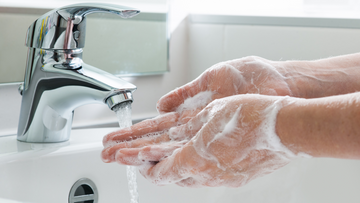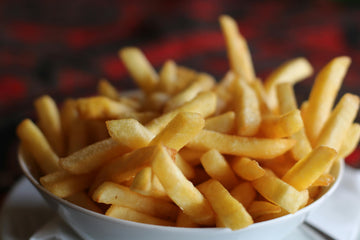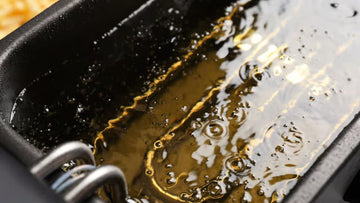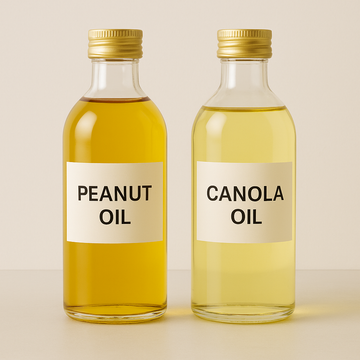Keep Kitchens Safe: A Practical Guide to Preventing Food Contamination
Each year ~48 million Americans get sick from foodborne illness—so tight controls in storage, prep, cooking, and cooling aren’t optional; they’re your brand protection plan.
1) Nail your temperatures (the fastest way to cut risk)

-
Cold‐hold at ≤41°F (5°C) in commercial kitchens per the FDA Food Code. Home guidance you’ll see is ≤40°F—aim for 41°F or colder in restaurants.
-
Hot‐hold at ≥135°F (57°C) (Food Code).
-
Avoid the “danger zone.” FDA materials use 41–135°F; USDA consumer guidance uses 40–140°F. Staying out of either range limits rapid pathogen growth.
-
Freezer = 0°F (−18°C). Freezing stops growth but doesn’t kill most bacteria; quality can drop over time, but food held constantly at 0°F remains safe.
2) Cool, reheat, and thaw the right way

-
Cooling cooked TCS foods: from 135→70°F within 2 hours, then 70→41°F within 4 more hours (total ≤6). Use shallow pans, ice baths, and ventilation.
-
Reheating for hot holding: reheat rapidly to 165°F (≤2 hours) before holding.
-
Thawing: in a refrigerator ≤41°F, under 70°F running water, in a microwave if cooking immediately, or as part of cooking—never on the counter.
3) Stop cross-contamination before it starts
-
Storage order matters. Top to bottom: ready-to-eat, whole cuts/seafood, ground meats, poultry on the bottom—organized by minimum cook temp to prevent drips onto RTE foods.
-
Don’t wash raw poultry. It spreads bacteria around the sink and counters. Cook to safe temps instead.
-
Do wash produce under running water (no soap or “produce wash”); scrub firm items (melons, cucumbers) with a clean brush.
4) People & hygiene: your first barrier

- Hands: wash with soap for at least 20 seconds (backs, between fingers, under nails). Gloves do not replace handwashing.
-
Exclude ill food workers (vomiting/diarrhea) and those diagnosed with the “Big 5”: Norovirus, Hepatitis A, Salmonella Typhi, Shigella spp., and Shiga toxin-producing E. coli.
-
Allergens: Know the 9 major allergens (sesame was added in 2023) and prevent cross-contact in prep and storage.
5) Containers, labeling, and rotation
-
Use food-grade containers that are durable, corrosion-resistant, nonabsorbent, smooth, and easily cleanable (think NSF-listed polycarbonate, stainless). Tight-fitting lids reduce spills and cross-contamination.
-
Date-mark RTE/TCS foods held at ≤41°F for max 7 days (day of prep/opening = Day 1). Practice FIFO.
6) Clean & sanitize (and verify)
-
Follow manufacturer-label directions for EPA-registered sanitizers and verify with test strips. Common targets: chlorine 50–100 ppm (short contact time) or quats 200–400 ppm (longer contact time), depending on your local code and product label.
One-Page Checklist (print for the line)
-
Food-grade, smooth, cleanable containers; date-mark RTE/TCS (7 days @ ≤41°F).
-
Sanitizers: use label directions; check ppm with test strips.
SOURCES
https://www.clatsopcounty.gov/publichealth/page/cleaning-and-sanitizing-commercial-kitchens?
https://www.c-uphd.org/documents/eh/2022-FDA-Food-Code-Chapter-3-Food.pdf
https://www.fda.gov/media/127796/download




